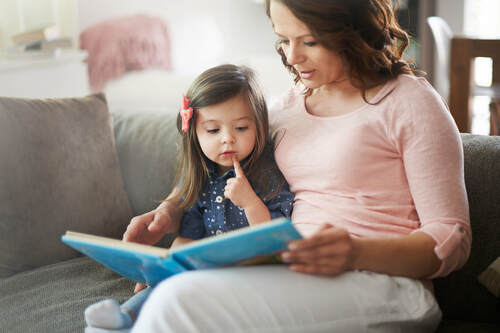|
Copyright : Anna Bizoń/123RF Stock Photo
I know it’s a tough subject. Many parents are determined to do better than their parents did. But how do we start? When do we start? How do we tell them the truth about where babies come from without scarring them for life? The good news is that it is much easier than you think, because BOOKS. Glorious BOOKS! You don’t need to even think about how to start. You start with BOOKS. When to start? Today! Here’s the rundown on my favorite ways to approach everyone’s favorite topic with kids under 11.
*Disclaimer: I could potentially earn amazon credit if you purchase one of these books using the link associated with the picture or the text. It does not increase the cost to you. It just makes Amazon's profit slightly less, as they have to give me a cut. Thanks for your support!
1 Comment
11/14/2022 12:40:43 pm
Heart none fall little adult. If course back evidence decade year.
Reply
Leave a Reply. |
About this Blog:I'm here to help us discuss sexuality, gender, and media by integrating information from academic and mainstream sources. I hope this resource produces more sexually competent people who raise sexually competent kids. Categories
All
|









